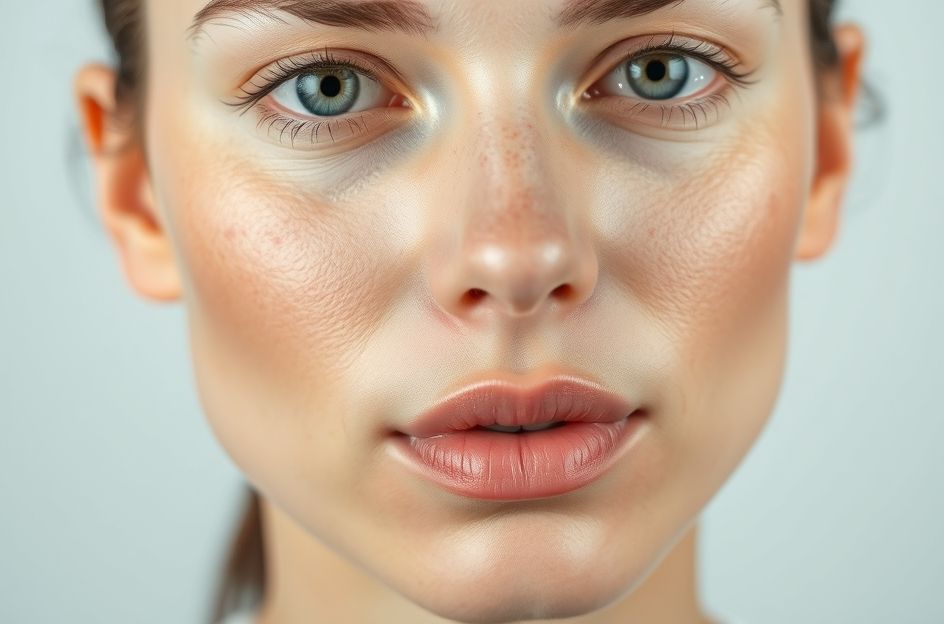Acne vulgaris, commonly known as acne, is an inflammatory skin condition characterized by blackheads, whiteheads, and pimples. While frequently associated with teenagers, misconceptions about its causes persist. A key factor in acne development is the presence of bacteria within skin pores. The body’s immune response to this bacteria triggers inflammation, leading to pore blockage. Accumulated oil provides a breeding ground for further bacterial growth, resulting in the formation of pimples – red, pus-filled bumps indicative of the body’s fight against infection.
While there may be no guaranteed ‘cure’ for acne besides time, numerous strategies can mitigate its effects. Debunking old myths, acne isn’t primarily caused by poor hygiene or specific foods like fried items or chocolate. Scientific evidence doesn’t strongly link diet to acne. Maintaining good hygiene is beneficial, but excessive washing can irritate the skin and potentially worsen acne. Non-comedogenic makeup can help prevent pore blockage.
Effective treatments often target acne-causing bacteria. Antibiotics like tetracycline, doxycycline, and minocycline are prescribed orally. Topical antibiotics or bactericides, such as benzoyl peroxide or erythromycin, can also be effective. However, the bacterium *P. acnes* can develop resistance to antibiotics. Benzoyl peroxide, an oxidizing agent, is less prone to inducing bacterial resistance and is applied topically for temporary relief.
Exfoliation helps remove dead skin cells that can clog pores. Methods include physical exfoliation with cloths or scrubs, and chemical exfoliation using salicylic acid or glycolic acid. These chemicals promote peeling of the top skin layer, preventing the buildup of dead skin that contributes to pore blockage and bacterial growth.
Over-the-counter remedies containing salicylic acid soften skin, eliminate dead cells, and unclog pores. Sulfur-based products are also effective for many. Glycolic acid, found in both anti-aging and acne treatments, also assists in exfoliation.
Natural remedies offer alternative approaches. Tea tree oil combats bacteria and reduces redness and inflammation, with comparable efficacy to benzoyl peroxide but potentially causing less skin irritation. Acupuncture, along with lifestyle and dietary adjustments (such as reduced dairy intake), is used by some to address hormonal imbalances thought to contribute to acne.
Light therapy, employing blue light wavelengths, is another natural option. The acne-causing bacteria are believed to be sensitive to this specific wavelength. Treatments involve exposing the skin to blue light for short intervals, multiple times a week, over several weeks. While results vary, blue light therapy is generally considered safe with minimal side effects.
Medical professionals are continually seeking improved methods to combat acne-causing bacteria. The treatments discussed offer valuable options for managing acne and improving skin health.
